The Art of Science—Versailles at the Science Museum, London
Have you ever wondered how it would feel to witness the grandeur and opulence of the 18th-century French court? Then you might want to go to London.
Edoardo Cesarino 19 December 2024
21 November 2022 min Read
As someone who spends a lot of time thinking about paintings, I still often lose sight of how they’re actually made. Theoretical and historical discussions of art tend to obscure the fact that paintings are first and foremost physical objects. Reading Todd M. Casey’s The Oil Painter’s Color Handbook was a compelling reminder of the skill, study, and effort that goes into each canvas.
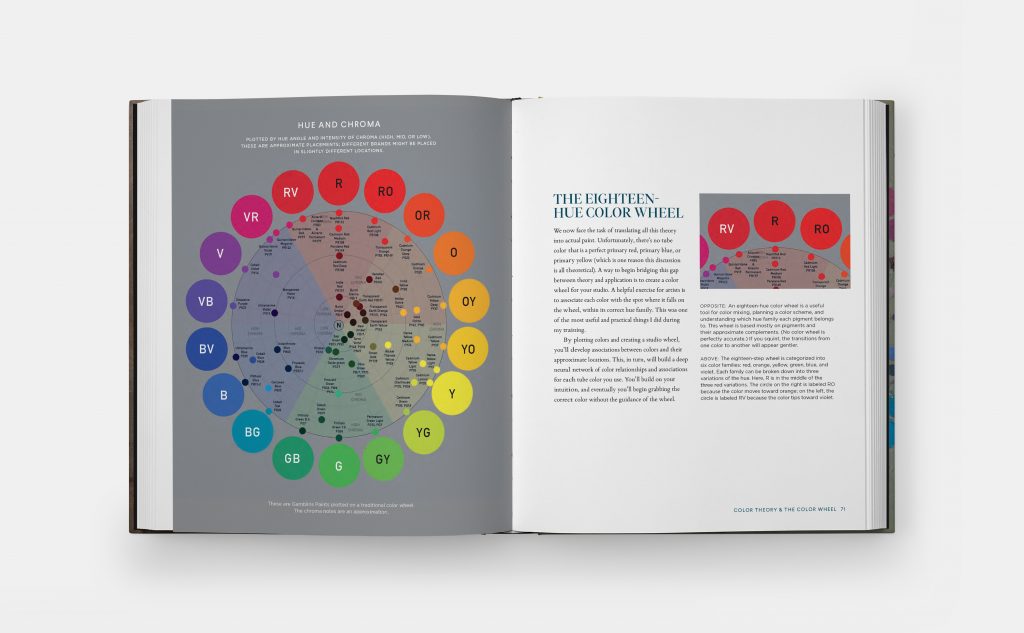
Hue and Chroma chart in The Oil Painter’s Color Handbook by Todd M. Casey, published by Phaidon, 2022. Courtesy of the publisher.
The Oil Painter’s Color Handbook was written by the artist and professor Todd M. Casey. His knowledge and enthusiasm for oil painting are reminiscent of my favorite art teacher in high school. The book is a guide to oil painting with a focus on one of its central tenants: color. This subject might appear niche, a single tenant of a single medium, but upon further inspection, it is vast and complicated. Thankfully we can’t get too lost with Casey as a guide.
You must draw and measure, of course, but you must also learn how to see.
The Oil Painter’s Color Handbook.
If painting is the depiction of what we see, one must first understand how we see to fully understand it. This is where Casey’s first chapter begins. He discusses how humans perceive light and color, revealing the deeply technical side of art that can sometimes be forgotten, the color theory that aspiring artists spend years mastering.
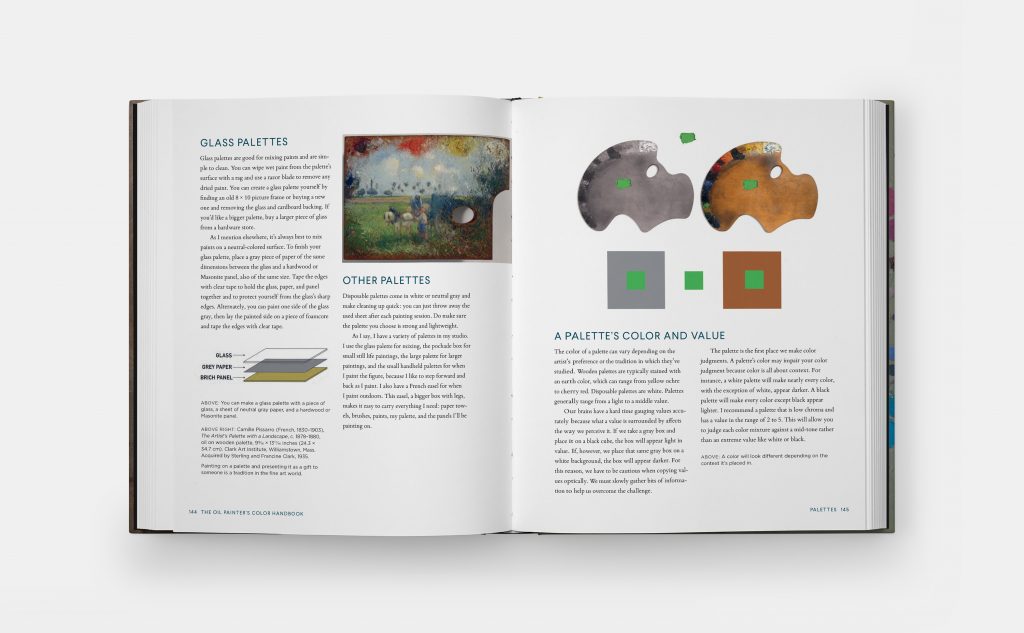
Different palettes in The Oil Painter’s Color Handbook by Todd M. Casey, published by Phaidon, 2022. Courtesy of the publisher.
After laying a solid foundation of what color is and how it works, Casey moves on to how it can be harnessed by painters. The following chapters discuss pigment, palettes, color mixing, and harmony. Casey weaves art history through this to great effect, explaining the indirect versus direct methods of painting within the context of Ingres’ and Delacroix’s great rivalry.
Fun art history facts abound. For example, did you know that the invention of the metal paint tube was a catalyst for en plein air painting and Impressionism? Casey also touches on the history of art education: the influence of the French Academy on the way color is taught, the recent history of artistic instruction in America, and even his own experience as an art student in Boston.
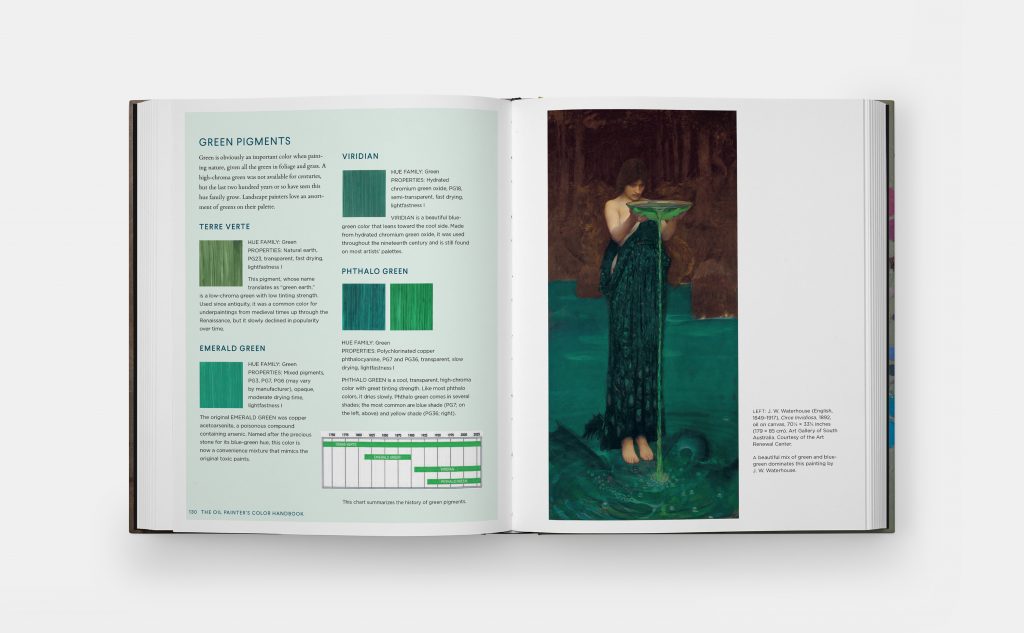
Green pigments in The Oil Painter’s Color Handbook by Todd M. Casey, published by Phaidon, 2022. Courtesy of the publisher.
One of The Oil Painter’s Color Handbook’s strengths is its illustrations. The book has many diagrams that evoke a science textbook, demonstrating the principles of light and color. Casey also includes a multitude of oil paintings that greatly improve the reading experience. Winslow Homer demonstrates chroma, Paul Cézanne represents three-dimensionality, and Johannes Vermeer stands for primary colors. The paintings are well chosen and helped me reach a better understanding of color. Casey’s own paintings can be found as well, including versions where the artist painted different variations of a single painting to demonstrate an artistic principle.
Painting is a constant balance between knowledge and intuition.
The Oil Painter’s Color Handbook.
The Oil Painter’s Color Handbook could be split into a theoretical half and a practical half. The former is more tied to science and art history meanwhile the latter is all about the paint itself. Casey details how to arrange a palette, how to mix colors, achieve harmony, and master light and shadow. Bridging the two sections is my favorite part of the book, the historical palettes. Using some of art history’s most well-known works as examples, Casey creates color palettes for major art movements from the Renaissance era to the modern day.
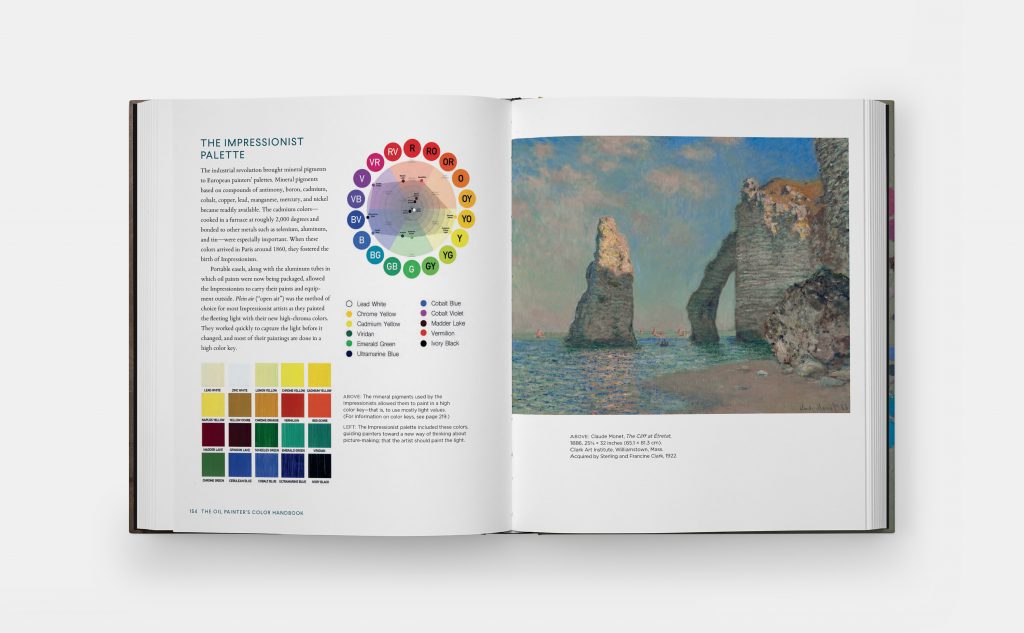
The Impressionist palette in The Oil Painter’s Color Handbook by Todd M. Casey, published by Phaidon, 2022. Courtesy of the publisher.
At first sight, The Oil Painter’s Color Handbook might look like just another beautiful but insubstantial coffee table book. It was a happy surprise, then, to crack it open and discover a guide aimed at oil painters themselves. That is not to say that The Oil Painter’s Color Handbook is exclusively for artists. While it is at its core a “handbook”, it will certainly be appreciated by professional painters, art historians, and complete laymen alike. Casey is a talented painter and a gifted teacher, breaking down the essential concepts of oil painting with coherency and passion.
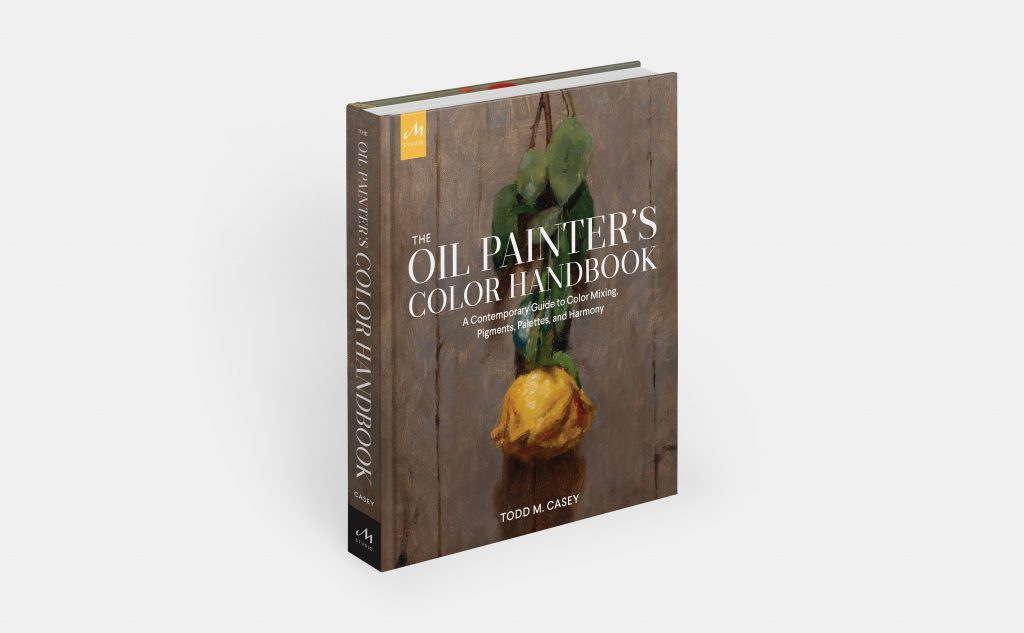
The book cover of The Oil Painter’s Color Handbook by Todd M. Casey, published by Phaidon, 2022. Courtesy of the publisher.
This well-indexed and well-researched work will surely remain an invaluable companion to art lovers for years to come. You can order the book on the publisher’s website.
DailyArt Magazine needs your support. Every contribution, however big or small, is very valuable for our future. Thanks to it, we will be able to sustain and grow the Magazine. Thank you for your help!